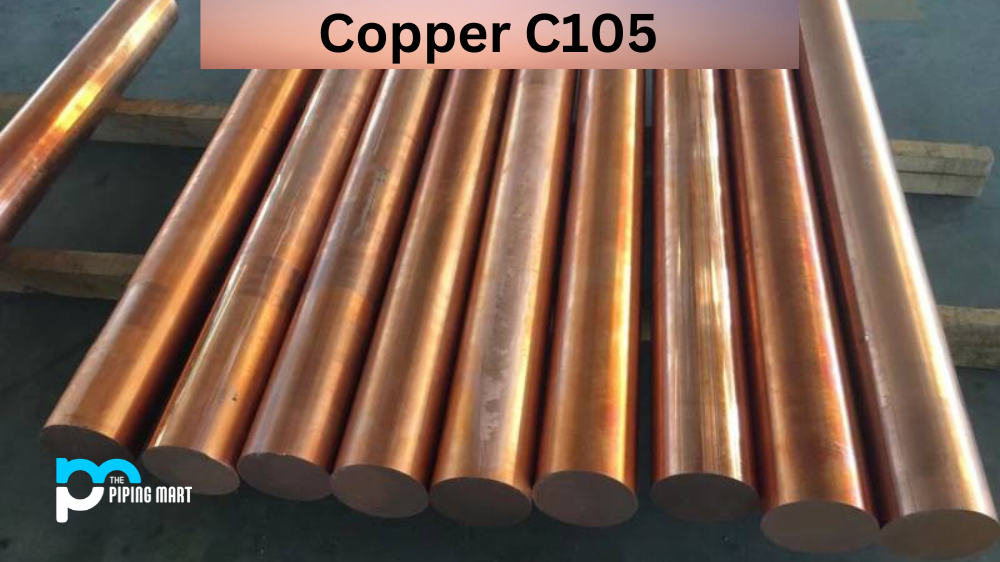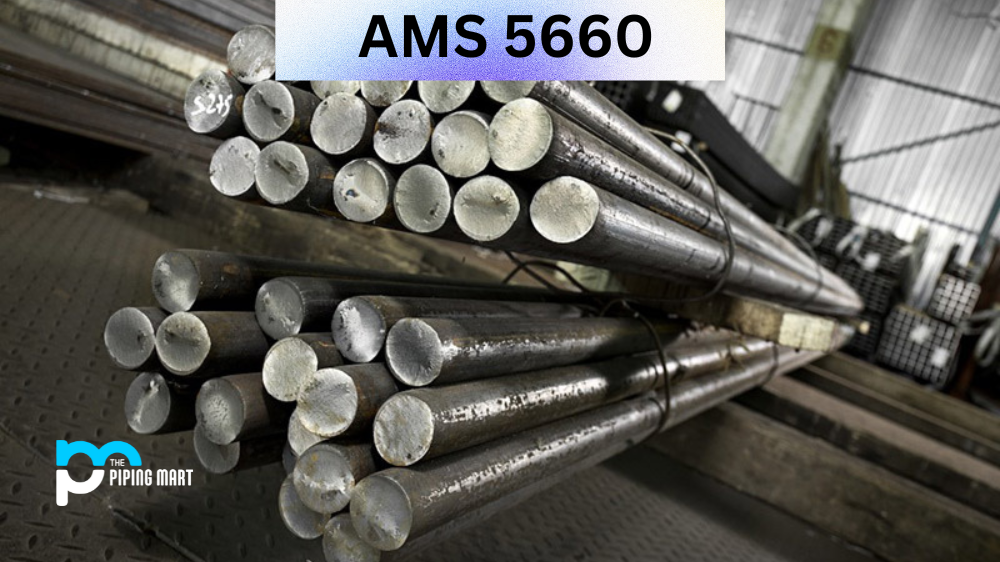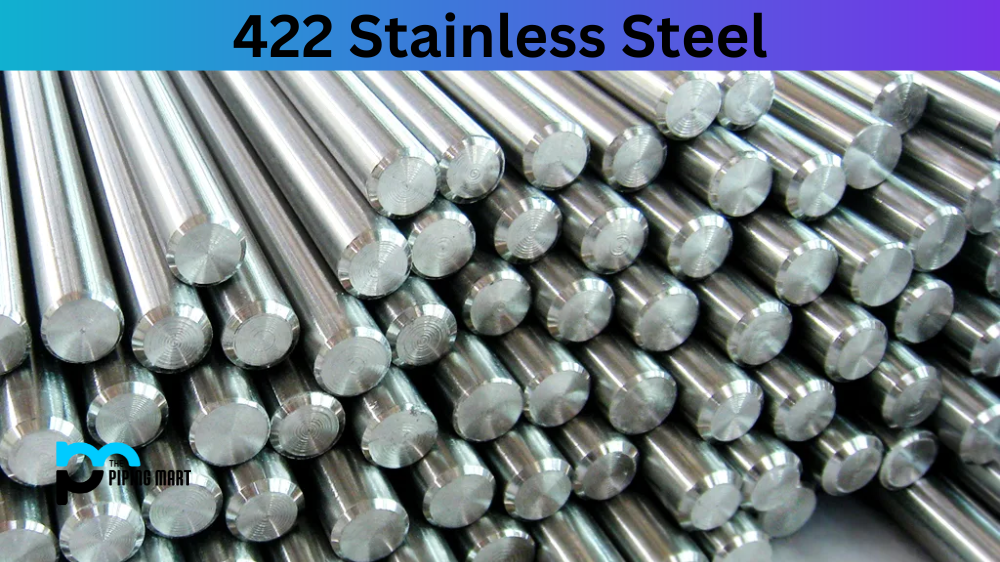Brass is a popular metal alloy that contains copper and zinc. It is widely used in various industries, such as construction, plumbing, and electrical. One type of brass is gaining popularity is C33100 brass, known for its excellent strength and corrosion resistance. This blog post will discuss everything you need to know about C33100 brass – its composition, physical and mechanical properties, uses, hardness, heat treatment, welding, and corrosion resistance.
C33100 Composition
C33100 brass belongs to the leaded brass group, which contains a small amount of lead (0.6-1.2%). Its composition comprises 61-64% copper, 35.5-38.5% zinc, and 0.05-0.1% phosphorus. The addition of lead provides better machinability and lubrication during metalworking processes.
| Element | Content (%) |
|---|---|
| Cu | 66 |
| Pb | 0.5 |
| Zn | 33.5 |
C33100 Physical Properties
C33100 brass has a density of 8.5 g/cm3 and a melting point of 888-907°C. It has excellent thermal and electrical conductivity, similar to pure copper. Furthermore, it has a low coefficient of thermal expansion, making it suitable for applications where dimensional stability is critical.
| Properties | Metric | Imperial |
|---|---|---|
| Density | 8.50 g/cm3 | 0.307 lb/in3 |
C33100 Mechanical Properties
C33100 brass has high tensile strength, with a minimum value of 550 MPa. It also has a reasonably good yield strength, ranging from 350-500 MPa. Additionally, it has a good elongation (40-55%) and a high fatigue strength, making it suitable for high-stress applications.
| Properties | Metric | Imperial |
|---|---|---|
| Tensile strength | 324 – 517 MPa | 47000 – 75000 psi |
| Yield strength (depending on temper) | 103 – 414 MPa | 14900 – 60000 psi |
| Elongation at break (in 177.8 mm) | 60% | 60% |
| Elastic modulus | 117 GPa | 17000 ksi |
| Poisson’s ratio | 0.34 | 0.34 |
| Machinability (UNS C36000 (free-cutting brass) = 100) | 60 | 60 |
| Shear modulus | 39 GPa | 5660 ksi |
C33100 Thermal Properties
| Properties | Metric | Imperial |
|---|---|---|
| Thermal expansion co-efficient (@ 20 – 300°C/68 – 572°F) | 20.2 µm/m°C | 11.2 µin/in°F |
| Thermal conductivity (@ 20°C/68°F) | 115 W/mK | 798 BTU in/hr.ft².°F |
C33100 Equivalents
- ASTM B135
- MIL T-46072
- SAE J461
- SAE J463
C33100 Uses
C33100 brass has several uses, including electrical connectors, plumbing fixtures, fittings, and valves. Its excellent corrosion resistance makes it suitable for marine applications, such as propeller shafts and boat hardware. Furthermore, it is ideal for components requiring strength and machinability, such as gears, bearings, and valves.
C33100 Hardness
C33100 brass has a Brinell hardness of 145-160, making it relatively soft compared to other metals. However, the addition of lead improves its machinability and reduces tool wear. Therefore, it is ideal for intricate and complex parts requiring precision machining.
C33100 Brass Heat Treatment
C33100 brass is not heat-treatable, so heat treatment cannot improve its properties. However, it can undergo annealing, which relieves internal stress and improves its machinability.
C33100 Brass Welding
C33100 brass can be welded by conventional methods such as gas tungsten arc welding (GTAW), gas metal arc welding (GMAW), and resistance welding. However, care must be taken to avoid overheating, which can cause cracking and distortion.
C33100 Brass Corrosion Resistance
C33100 brass has excellent corrosion resistance to seawater, freshwater, and most industrial atmospheres. Its corrosion resistance is further enhanced by the addition of lead, which forms a protective film on the surface of the metal. However, it is unsuitable for acetic acids and other acidic compounds.
Conclusion
C33100 brass is an excellent choice for applications requiring strength and corrosion resistance. It has excellent physical and mechanical properties, making it suitable for various industries such as construction, plumbing, and electrical. Its addition of lead improves machinability and lubrication, making it easy to work with. Furthermore, it is an environmentally friendly option, as it can be recycled repeatedly without losing its properties.




